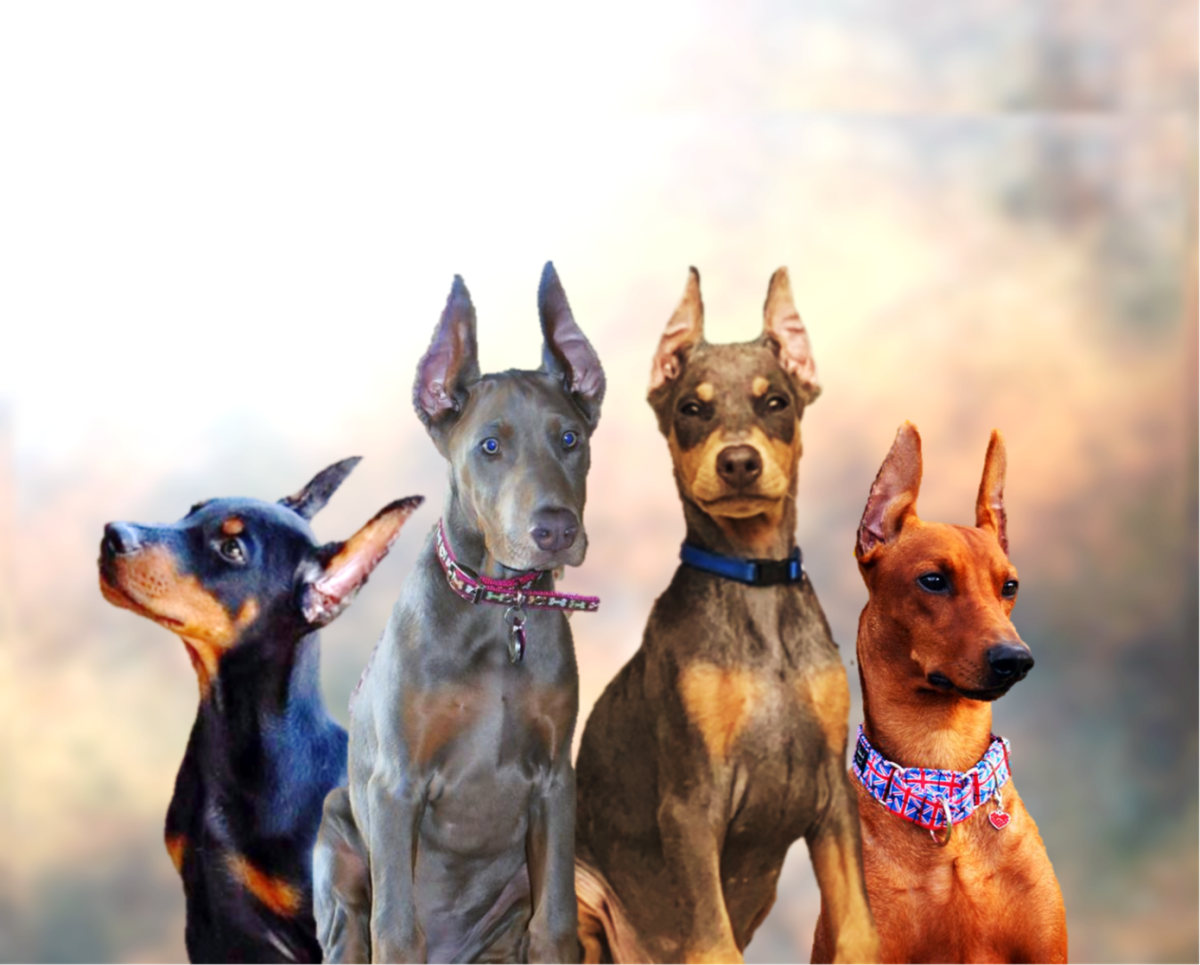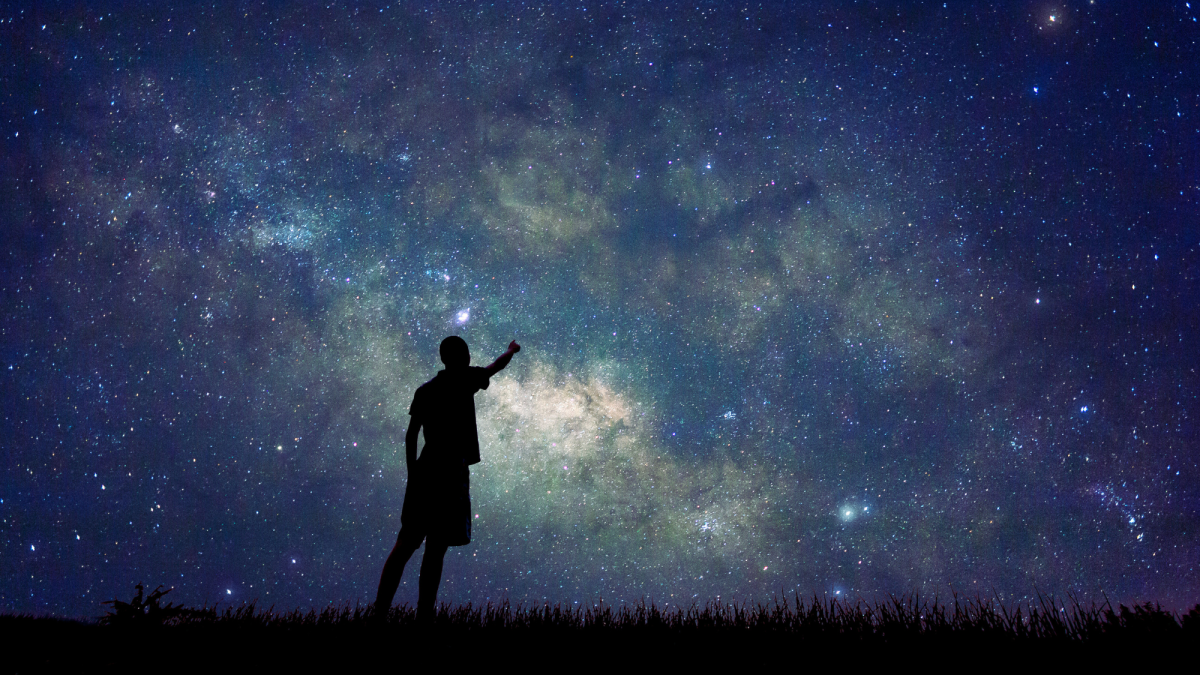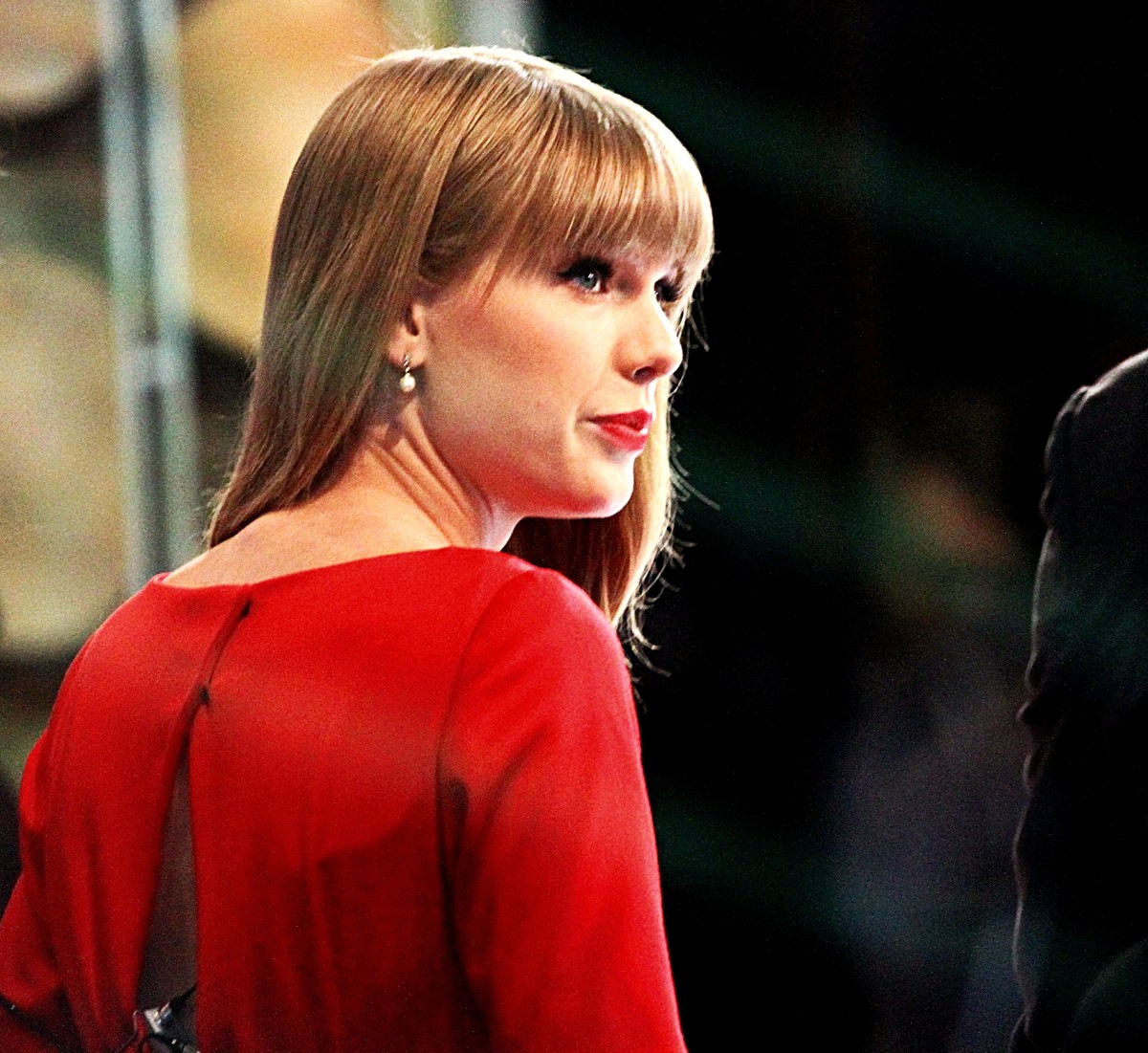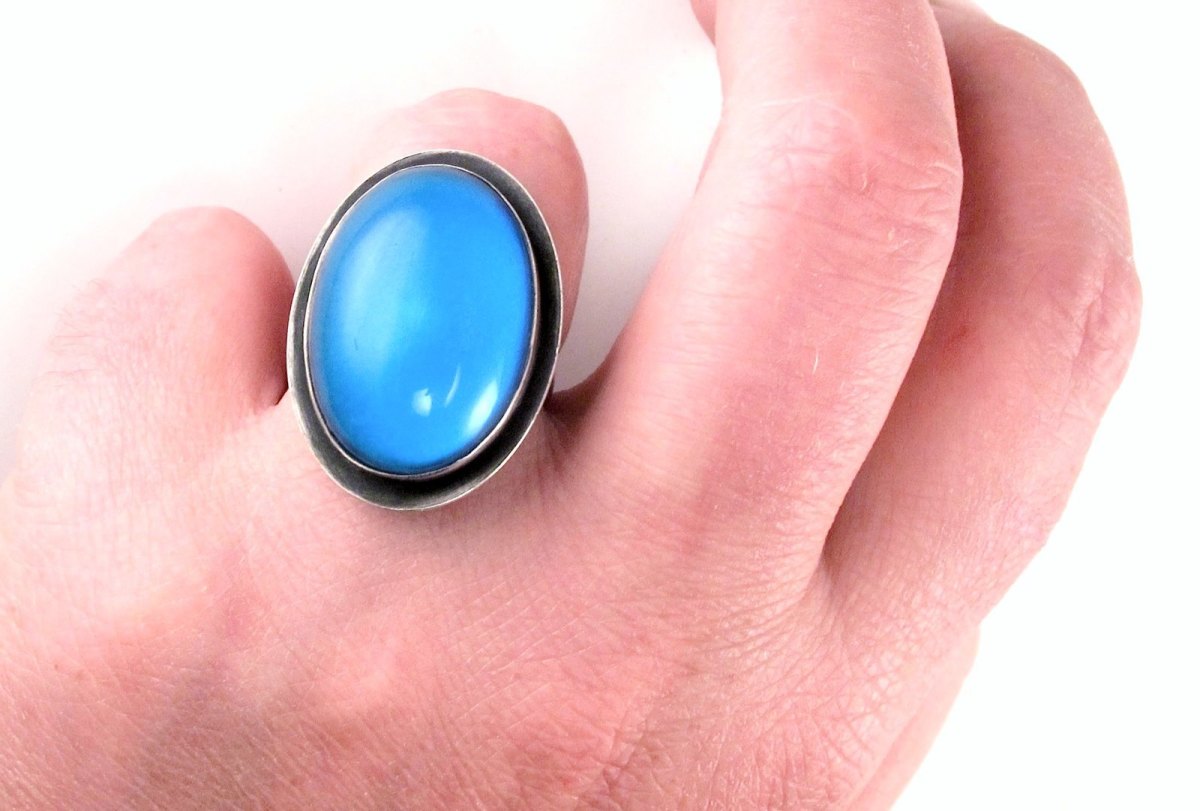10 Interesting Questions and the Scientific Answers Behind Them
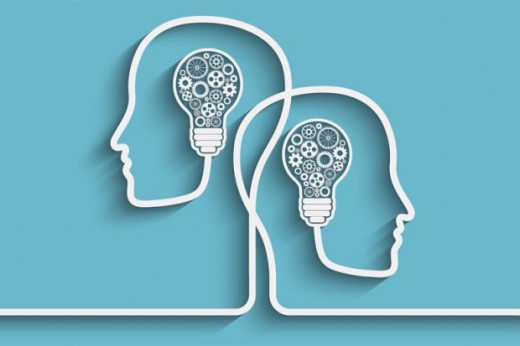
Where Does Wind Come From?
The breezes that cool the skin on a hot day, or the winds that can blow power lines down are caused by the same thing- the sun.
Because the sun heats the Earth unevenly, cool spots and warm patches are created across the surface. Warm air always rises, so cool air rushes in to take the place of that air, causing winds of varying speeds and direction.
What Causes the Rain to Pour?
Rain is formed when water vapor in the air collides with other water vapor particles to form drops. These drops continue to collide with each other until they become heavy enough to fall to the ground. In particularly humid climates, the drops are able to collect a lot more drops as the clouds travel across the skies. The drops in humid skies become large quickly and fall to the Earth faster and harder.
Torrential downpours often occur in more humid climates because of this.
Why is the Sky Blue?
The sky appears blue because light rays from the sun are scattered by molecules in the atmosphere. Light travels in waves, red being the longest and blue one of the shortest, so when the light is scattered, blue is the most visible because it is the color most scattered across the sky. This is why we often see a blue sky.
When the sun is setting, the sky will then turn orange, pink, red, yellow, before fading into murky shades of blue, purple, and eventually black. This is caused by the light rays being scattered at a different angle, allowing red/orange/yellow/purple to filter through instead of blue. When the side of the Earth turning to night completes this rotation, the light is absent, taking with it the colors of the sky.
What Causes a Rainbow to Appear?
A rainbow occurs when sunlight goes through water, typically rain or water vapor. The white light - which is made up of the colors of the spectrum - is then refracted, or bent, and the light is then broken into the ray of colors that makes up white light!
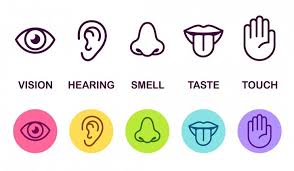
How Do People Smell, See, Touch, Hear, and Taste?
The brain is a complex organ scientists are still working to understand. There does seem to be one thing marginally understood about the brain – neurons! The nervous system works to take in information from the world and interpret it as helpful or harmful to the body.
Touch:
For the sense of touch, every inch of skin and tissue has thousands of nerves ready to send signals to the brain, informing the body on how it should respond and teaching the brain to understand each situation. For example, when skin brushes up against a rough surface, like a tree, the nerves in the skin shoot messages to the brain alerting it to remove the arm from such surfaces to avoid injury.
Taste:
Taste is similar to touch in that there are sensors on the tongue that shoot information to the brain. Foods that are bad will often taste sour or gross, which the brain then uses to signal the mouth to spit it out so we do not become ill. This sensor is often used for our enjoyment when partaking in meals, deciding between sweet, salty, or savory.
Hearing:
Hearing is the interpretation by the brain of audio waves produced by objects in the world. The sound waves enter the ear and are funneled into the middle ear canal and through the drum, where they become vibrations that are sent through the inner ear and are then interpreted by the brain. A car horn, for example, alerts the brain to look for a vehicle near by that could harm the body. A child crying alerts a parent's brain that their offspring needs something.
Sight:
The eyes are extremely complex and delicate organs. People often wear glasses because if their design is off even by a fraction, it can make image interpretation by the brain extremely difficult. For sight, light is bounced off an object (for example, a tree) and sent through the cornea. The cornea controls the amount of light allowed into the eye (through dilation). What light passes through hits the retina at the back of the eyeball, which translates the image into neural signals that are then sent to the brain.
Interesting Fact:
Because of the way the light is bent through the lens of the eye, everything in the world is originally seen upside-down! The brain is able to somehow flip the image so that the floor isn't in the sky.
Smell:
Finally, the sense of smell. The nose can be a finicky organ in terms of different scents lingering in the air, and for good reason. Foul smells can be a sign of illness or danger and should be avoided. Much like with sight, our sense of smell can be disrupted by something as small as a little excess mucus.
Molecules released from the object is taken in through the nose and hits special nerve cells called olfactory cells . These cells send signals to the brain to be interpreted by the brain. Interestingly, the senses 'smell' and 'taste' are linked together and without our sense of smell, our sense of taste becomes limited.

Why Do Men Have Nipples?
The function of nipples across the animal kingdom is quite simple: to feed offspring until they are able to consume more solid food on their own. Not all animals nurse, but those who do have multiple nipples to support large litters, save for a few exceptions. Humans, for example, only have two nipples and typically only one child, though twins are somewhat common.
Interestingly, male animals often have nipples as well, though they do not nurse offspring. In fact, in most species the male does not stay with the family. So, why are they born with nipples if they don't even need them?
The answer lies in the development in the uterus, long before any baby is born. Mammals start out with the potential to either be male or female, depending on chromosomes and hormones that start their work later on in development. Because of this delay, men and women are endowed with nipples that either shrink at the presence of testosterone or continue to develop into the breasts women have once they hit puberty.
How Do People See Colors?
The way the eyes take in information from the world is through refraction (bending) of light from the object in view into the eye and then interpretation from the brain. So, how is a leaf green, or a house red, when light is white to begin with?
White light is actually the presence of all colors in the color spectrum, just as darkness is an absence of all color. When light strikes an object, it is absorbed and reflected in different combinations. White objects, for example, reflect all the colors, which is why they appear white. A green object, then, absorbs the colors except for 'green', which is then reflected back to the eyes and interpreted by the brain as the color of that object.
This phenomenon also explains why some objects can look different in various lighting, or how some colors can be more difficult to interpret under a light bulb versus out in the sunshine.
Color Spectrum:
The color spectrum is broken down very basically into the colors of the rainbow:
- red
- orange
- yellow
- green
- blue
- indigo
- purple
Within these colors are the other shades, such as pink.
Why Do People Develop Fevers When They Are Sick?
The body becomes sick when bacteria or viruses enter through an opening and infect cells with their DNA. When this happens, the immune system goes to work fighting off the illness or infection so the body can survive. People often develop fevers, or elevated body temperatures, in response to the immune system trying to stimulate the antibodies that attack viruses and bacteria.
This is very similar to how an incubator encourages growth.
How Do Allergies Develop?
Allergies are caused by the body's rejection of certain substances, such as pollen, peanuts, and types of medication. The body reacts to these substances as if they were harmful and dangerous. The immune system develops antibodies that attack the substance as if it were harmful, even if it actually isn't.
There are varying degrees of allergies in people; some suffer only a stuffed nose and scratchy throat, while others have to be taken to an emergency room as the reaction is life-threatening.
Common Allergens:
-
Peanuts (and sometimes other nuts)
-
Cow's Milk
-
Pollen
-
Cat/Dog Dandruff
-
Fruit
-
Certain kinds of fabric
-
Certain kinds of metal (such as nickel)
-
Gluten
Shellfish
Why?
There are varying hypotheses as to why people develop allergies in the first place. The first is that the body recognizes the allergens as similar to parasitic worms and, since the body no longer has to fight off these parasites, the body reacts to anything that it registers as similar in molecular structure. This concept is widely accepted in the scientific world, but there is another idea being championed by an immunologist named Ruslan Medzhitov.
In an interview from 2015 on Mosaicscience.com, Medzhitov hypothesizes that rather than the body identifying allergens by matching them to those of parasitic worms, the body is looking to expel harmful substances and protect the body from toxic or damaging substances. At times, the protective process at times overreacts to the threats, which then makes the allergies lethal to humans, but if the hypothesized idea is correct, then most of the time allergies are actually keeping humans healthy and safe, despite their less-than-desirable effects.
Both ideas have their critics and skeptics, so time will tell what exactly causes allergies many people suffer from.

Why Do Moths Fly Around Lights at Night?
When it comes to these fluffy little bugs, people often wonder why it is they are drawn so intensely to artificial lighting.
According to an article by National Geographic in 2018, moths use what is called transverse orientation to guide them at night. This dependence on the moon means they are naturally drawn to light, little mechanisms in their eyes attuned to faint light. Due to the brightness and shape of most light fixtures, moths can become confused as the direction the light is coming from changes while they fly around it. This leads to them flying around the light over and over in confusion.
Transverse Orientation?
Transverse orientation is keeping a fixed angle on a distant source of light for orientation; is a proprioceptive response displayed by some insects such as moths
An article from Live Science back in 2011, however, suggests there are issues with this hypothesis. 'Transverse Orientation', according to Jerry Powell (an entomologist who specializes in moths), is typically used by animals who migrate, and while there are some species of moths that do migrate, more than half of them do not. Yet, they all have a fascination with lights.
Another theory, completely different from the first, suggests that perhaps male moths are attracted to candle flames and campfires in particular because they emit some of the same infrared frequencies that female moths do. So, in theory, male moths die trying to mate with candle flames because they believe it to be a female moth emitting pheromones. As with the transverse orientation/internal navigation systems hypothesis, this one too has issues. Powell says that Ultraviolet (UV) light is far more attractive to insects (like with those bug zapper lamps) than infrared, yet female moths to no emit these types of lightwaves.
Many people would say that moths would become less entranced by lights when the moon was full because they would be flying into the large light. On the contrary, moths appear to be less active around lights when the moon is full because there is more light out than usual. Moth activity is usually triggered by darkness, which there is less of when the moon is bright.
There really isn't any solid answer yet as to why moths love artificial lights, as well as flames, so people will have to speculate a little bit longer!
Sources:
- Live Science
- WebMD
- National Geographic
This content is accurate and true to the best of the author’s knowledge and is not meant to substitute for formal and individualized advice from a qualified professional.
© 2019 Caitlyn Booth

